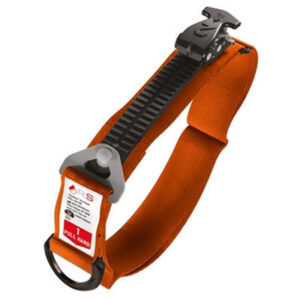Please remember, if you need assistance or have any questions, call us on 0330 223 6336 or drop us an email at sales@defibworld.org
The room is buzzing with activity—a typical day at the office. Conversations are happening in the background, and keyboards are clicking away. Suddenly, without warning, one of your colleagues slumps over their desk. There’s a crash—their coffee cup hits the floor, shattering the normalcy of the moment.
Panic grips the room. The colleague is unresponsive, their chest still, no sound of breath. You freeze for a second, but then it hits you: this is cardiac arrest.
Step 1: Recognising Cardiac Arrest
Your mind races, but clarity breaks through the chaos. This isn’t a heart attack—it’s sudden. Your colleague collapsed, and their breathing stopped. No gasps, no pulse. Your heart pounds, but you remember the critical signs: no pulse, movement, or response.
Cardiac arrest isn’t subtle. It’s immediate, like a switch flipping off. And now, every second counts.
The Clock is Ticking: Act Immediately
You know what you have to do, but hesitation creeps in. There’s no time for that. You rush to their side, quickly scan the room, and yell, “Someone call 999!” The call is made. Now, it’s on you to keep their heart alive until help arrives.
Step 2: CPR—Keeping the Blood Flowing
You drop to your knees beside them and start CPR. Hands-only CPR—it’s what you’ve been trained for. Your hands press down on their chest, hard and fast, right in the centre. You can feel the weight of responsibility with every compression. This isn’t just first aid—it’s their lifeline.
Key CPR Reminders:
- Press hard and fast in the centre of the chest.
- Aim for about 100-120 compressions per minute (think of the beat of the song “Stayin’ Alive”).
- Don’t stop until the AED arrives or paramedics take over.
Each compression pushes blood to the brain and vital organs, buying time. You know that without it, oxygen isn’t reaching their body. The first two minutes of CPR feel like an eternity.
- 14 October 2024
The Defibrillator Arrives: Your Game Changer
Suddenly, someone arrives with the Automated External Defibrillator (AED)—your real chance to reset this ticking clock. You rip open their shirt, exposing their chest and quickly grab the AED pads.
Step 3: How to Use the AED
Here’s where you know the AED is designed to be foolproof. You turn it on, and the machine’s voice guides you through:
- Turn on the AED. Easy. One button, and you’re in.
- Place the pads. You attach the sticky pads to their bare chest, following the diagram—one on the upper right, one on the lower left. The AED begins to analyse their heart rhythm.
- Analyse. The voice from the AED says, “Analysing heart rhythm—stand clear.” You take a step back, holding your breath.
- Shock Advised. Your heart races as the machine tells you to deliver the shock. You press the button. Their body jolts, and you hope the chaos in their heart is silenced.
Continue CPR. The AED tells you to keep going with compressions, and you return to CPR without hesitation.


Recognising the Signs of a Heart Attack: What If It Was Different?
But now, your mind wanders for a moment. What if this had been a heart attack instead of cardiac arrest? You remember what you were taught—the signs aren’t always as evident as collapsing.
Subtle signs to watch for in a heart attack:
- Jaw Pain: It doesn’t scream “heart attack,” but pay attention to whether it radiates from the chest or is sudden.
- Nausea and Vomiting: Common in women, often misinterpreted.
- Fatigue: Persistent, unexplained tiredness that feels off.
Heart attacks might give you time, but cardiac arrest gives you none. It’s the difference between a warning shot and sudden silence. But right now, you’re handling silence. You’re in the heat of cardiac arrest.
Life Hangs in the Balance: Every Second Counts
You keep pumping their chest, sweat trickling down your forehead. The clock is ticking. You know that for every minute that passes without a shock or CPR, their chances of survival drop by 10%. But you also know that defibrillation within the first 3–5 minutes can boost survival rates to over 70%. This is why you can’t stop.
The Moment of Truth: They Breathe
Just as your arms start to burn from the effort, their body stirs. A cough. Then a breath. You watch in disbelief as colour slowly returns to their face. The AED did its job. You did your job.
They’re not out of the woods yet, but they’re alive. You just saved a life.
The Aftermath: Prepare Your Workplace for the Next Time
Paramedics whisk away your colleague, but your heart is still pounding. You know that emergencies like this can happen anywhere, anytime. And now, you’re more determined than ever to ensure your workplace is ready.
Step 4: Create a Cardiac Emergency Plan
- Know where your AEDs are. Every second counts. Ensure that AEDs are in visible, accessible spots.
- Regular CPR and AED training. Build confidence and quick response times by ensuring everyone knows how to act.
- Practice emergency drills. Simulate a real scenario. Practice creates muscle memory, so you don’t hesitate when the time comes.
You Were Ready, But Are Others?
Now that you’ve lived through it, you realise how crucial those first moments are. You recognise how every action—calling for help, starting CPR, using the AED—makes the difference between life and death. But here’s the real question: is everyone in your office ready to act when it matters most?
At Defib World, we’re committed to making sure every workplace has the tools and training needed to save lives. Because cardiac emergencies don’t wait for the right moment—they happen when you least expect them.
The next life you save could be someone you know.

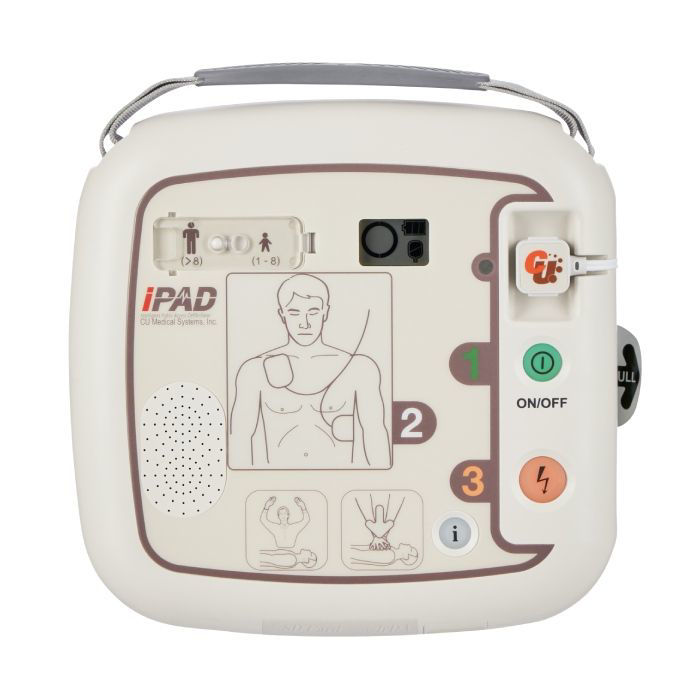
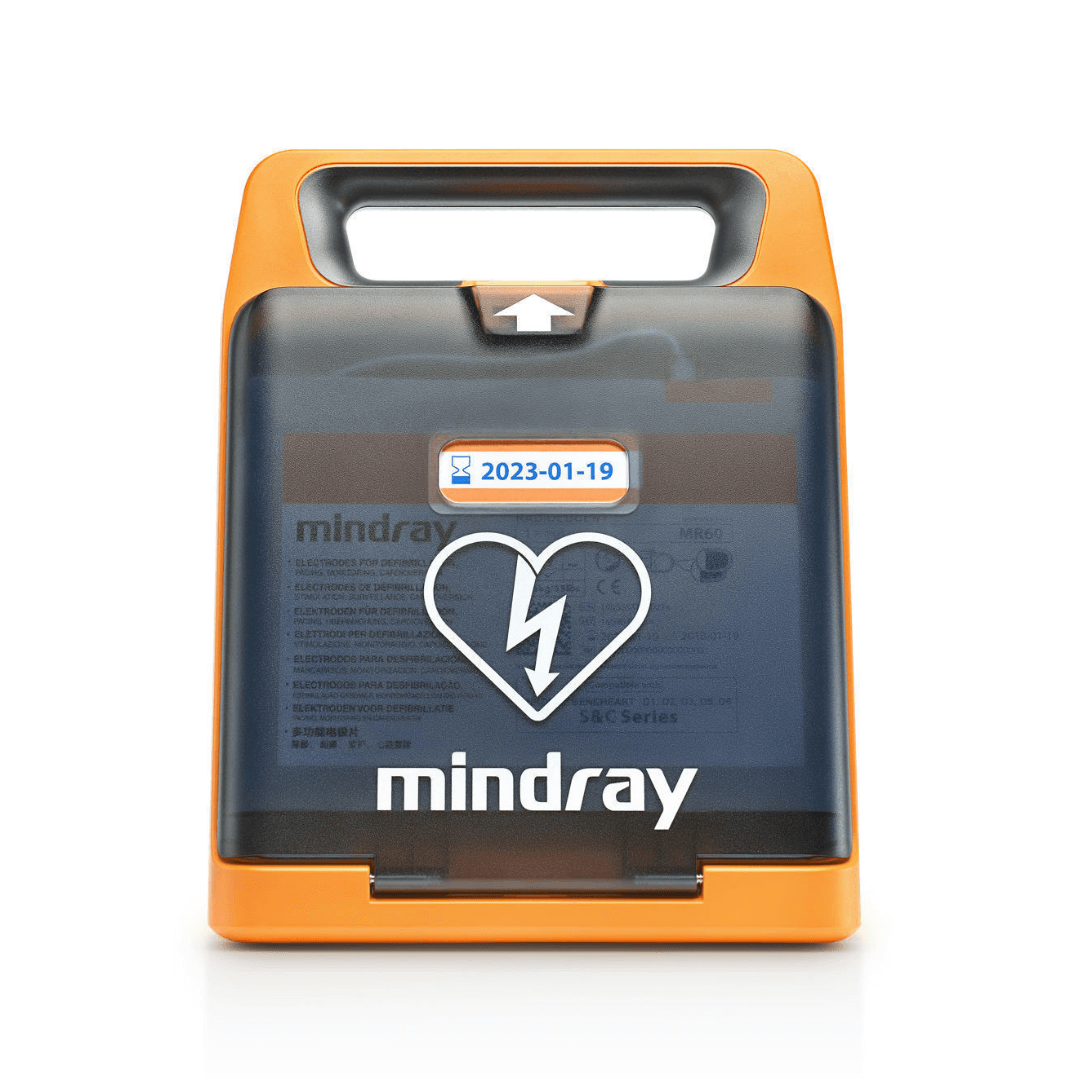
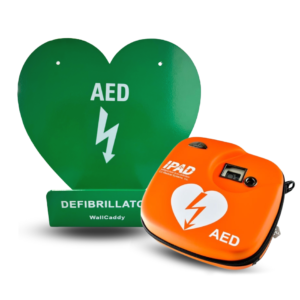
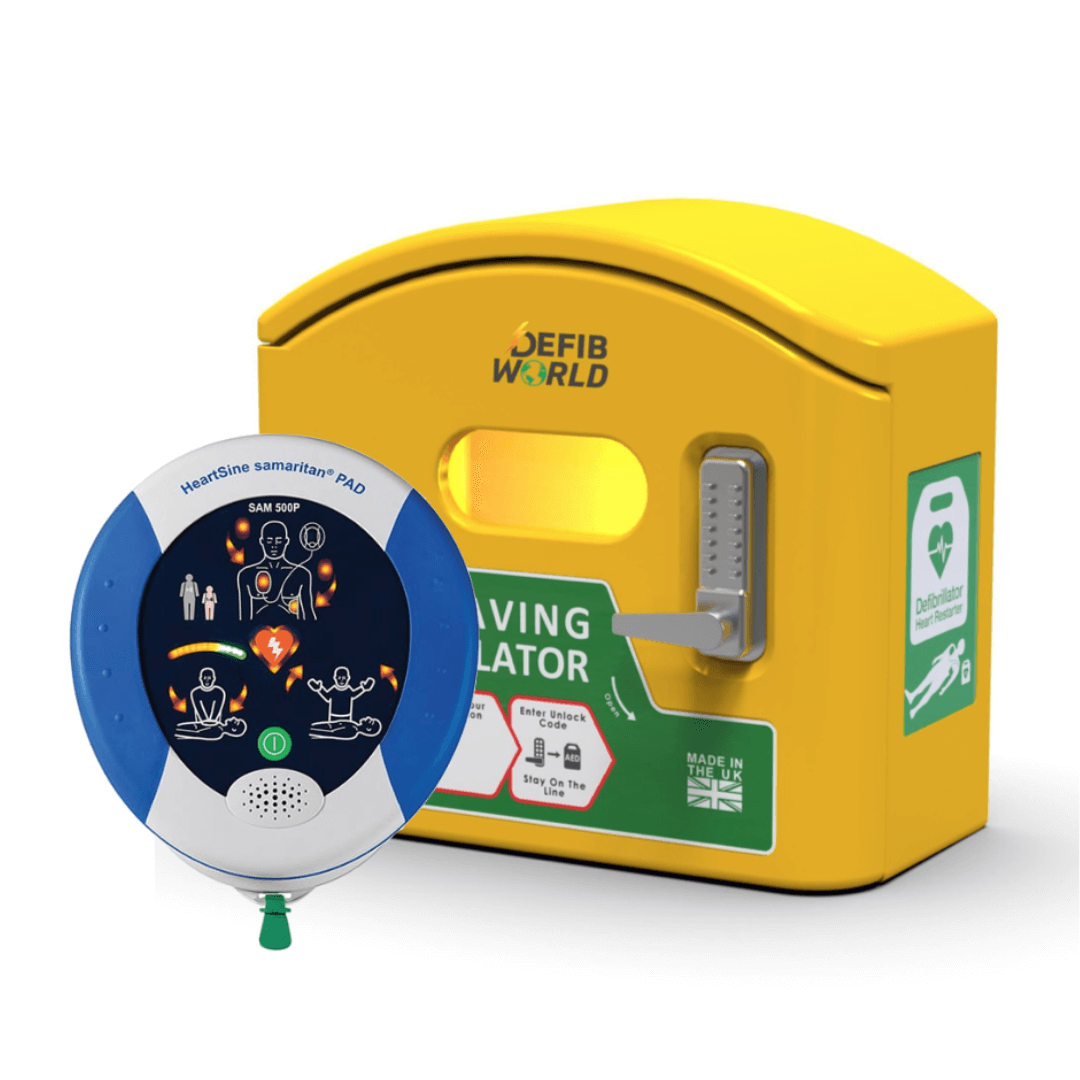
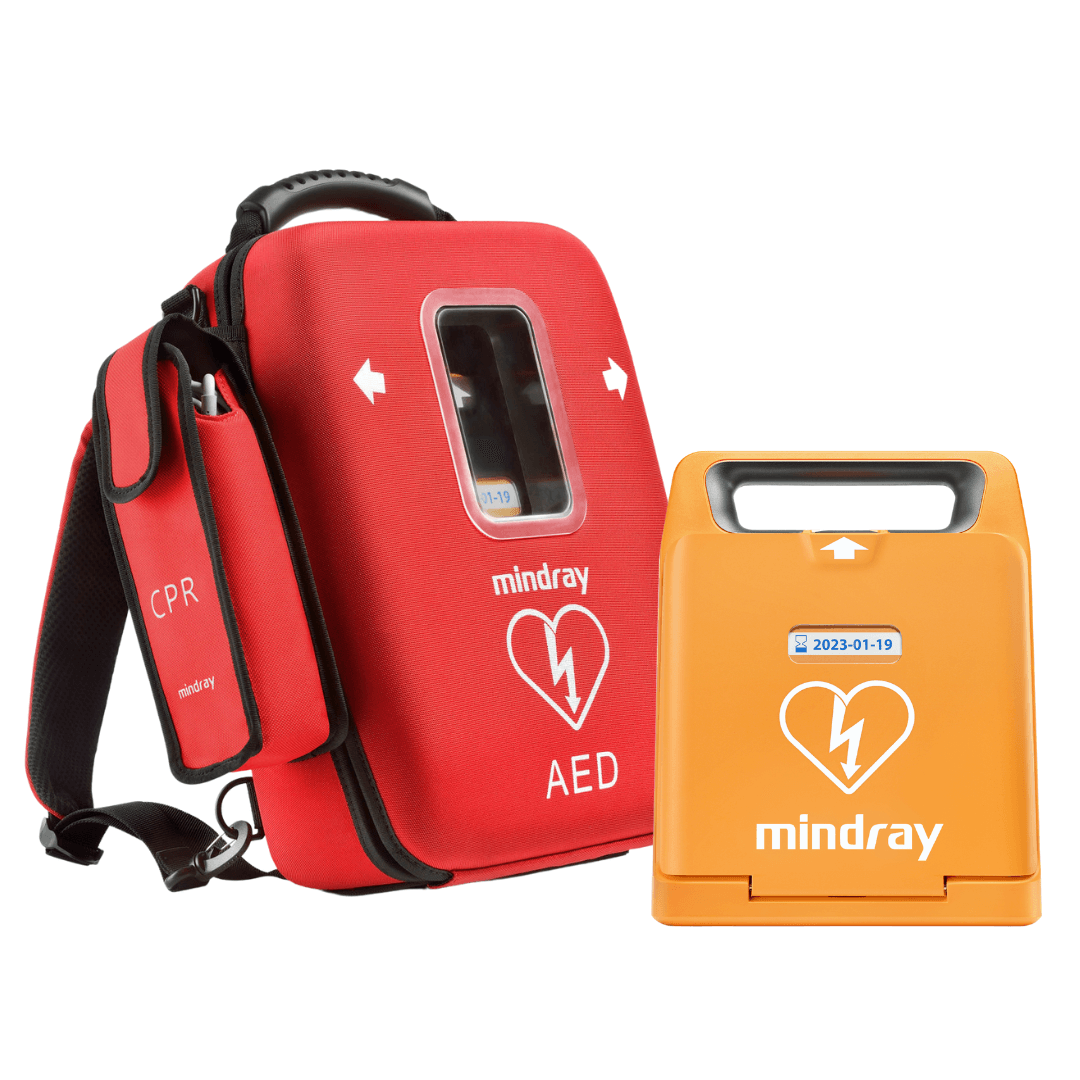
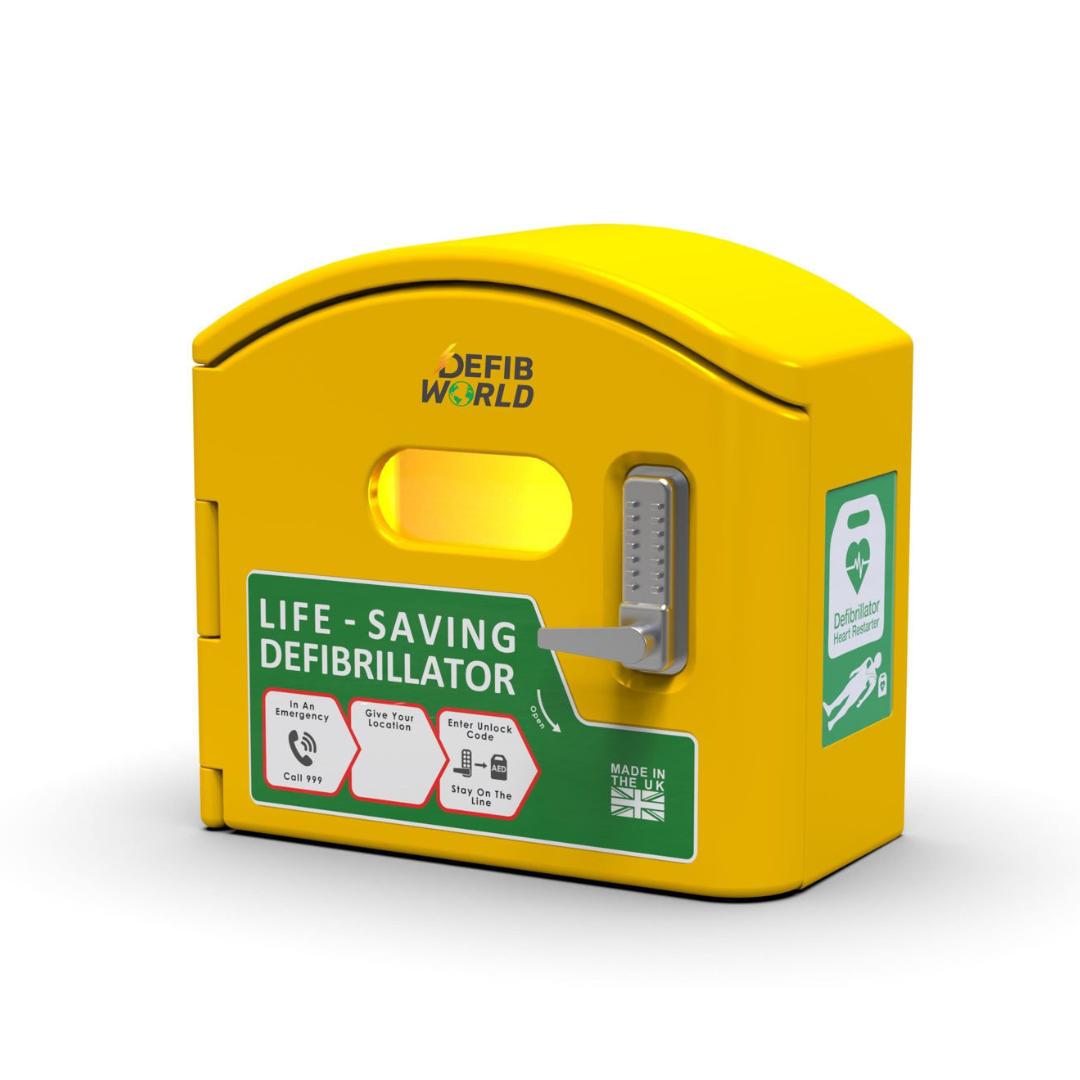
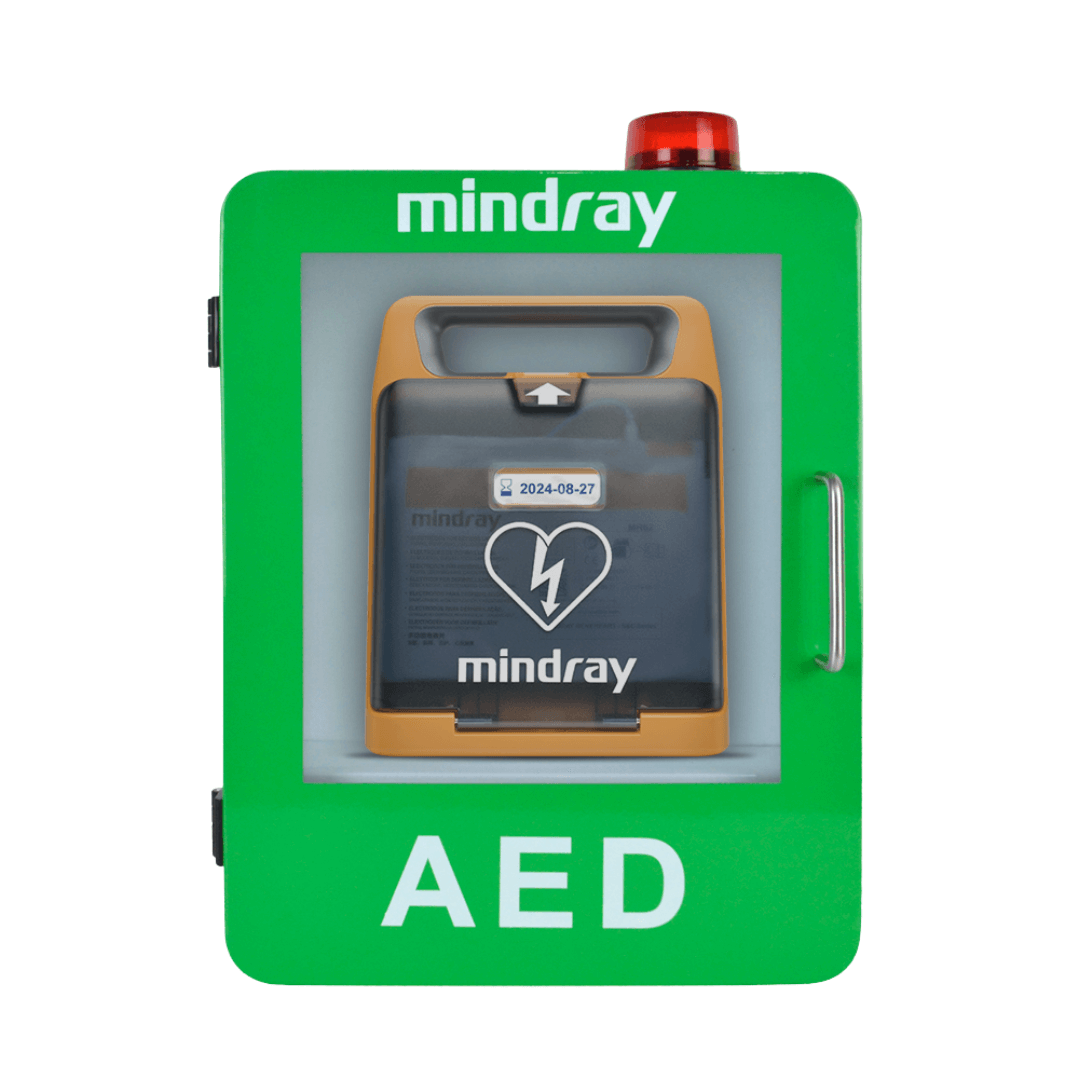
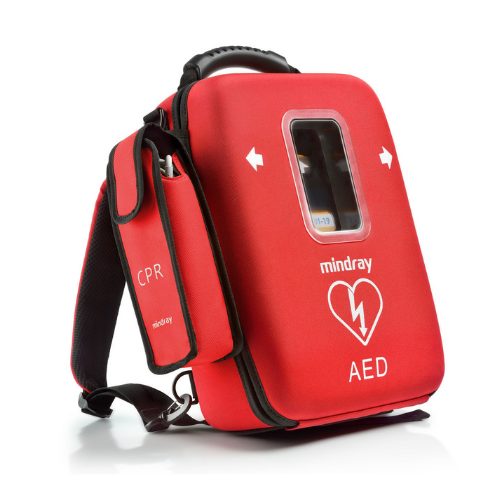
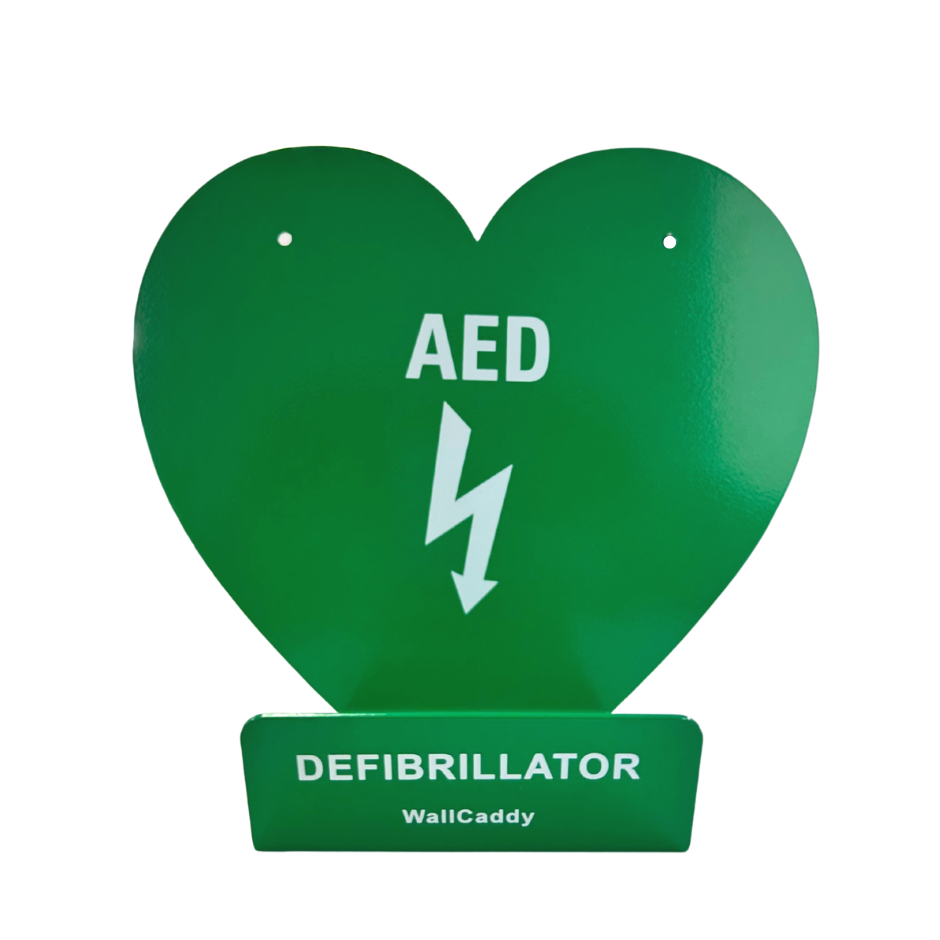

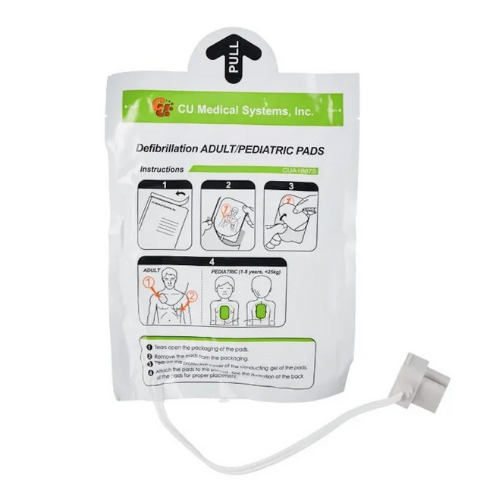
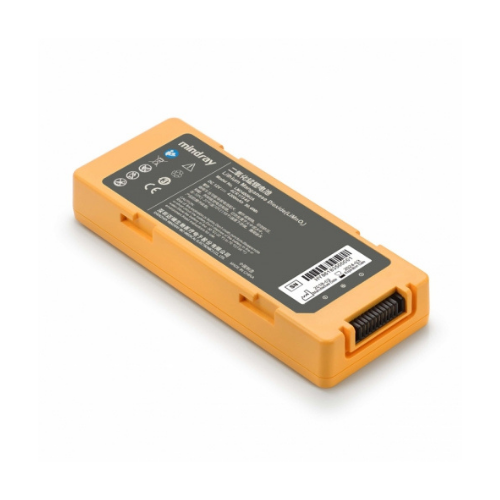

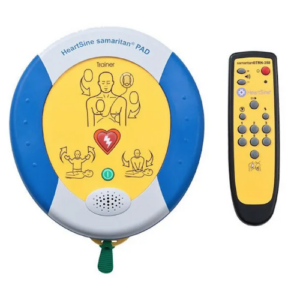


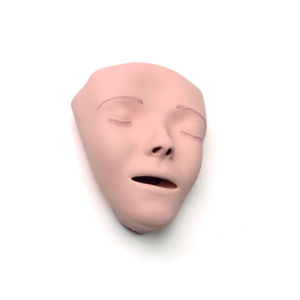
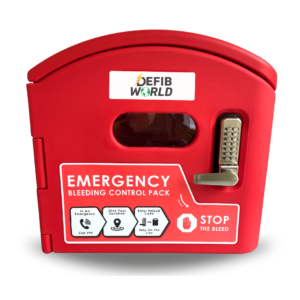



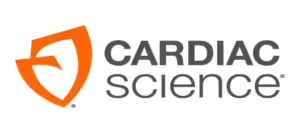
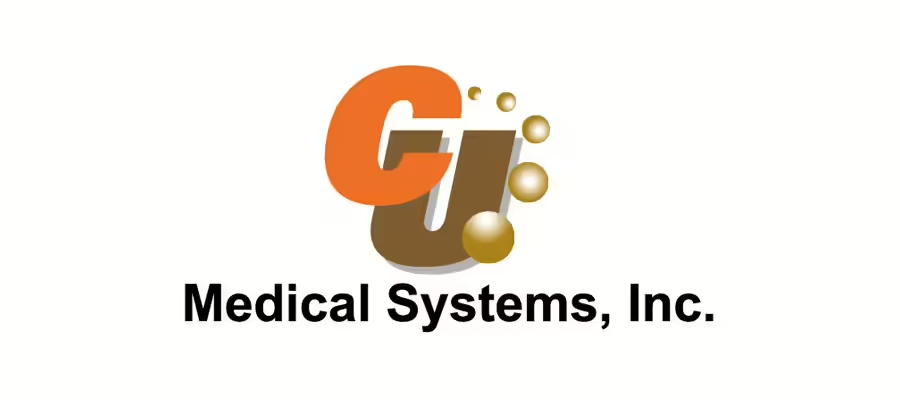
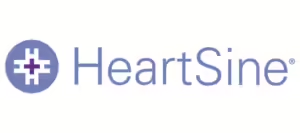










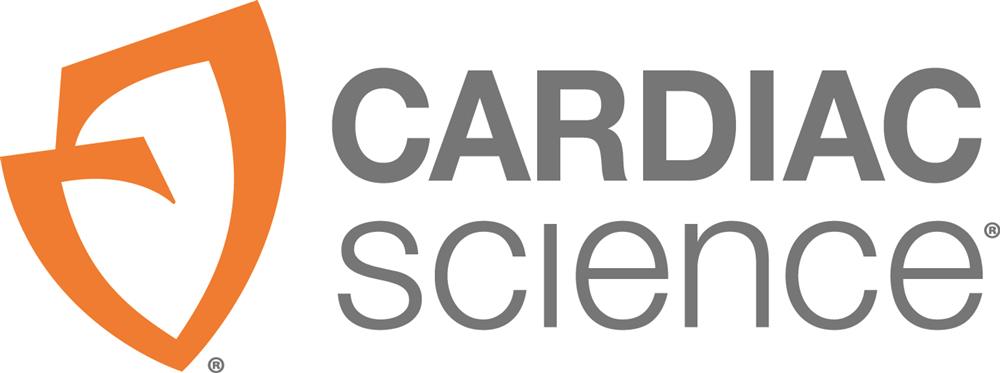
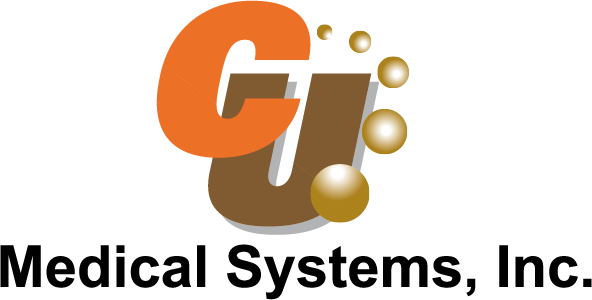
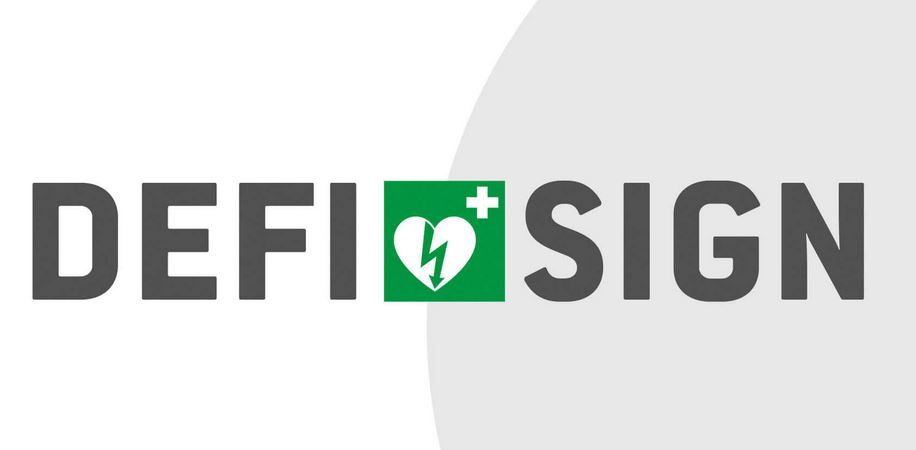



.svg.png)
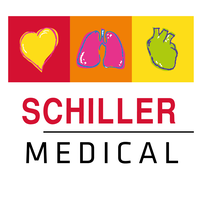


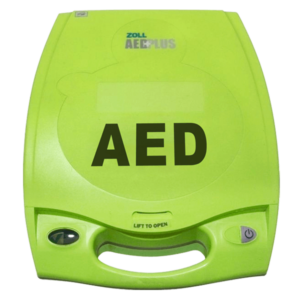



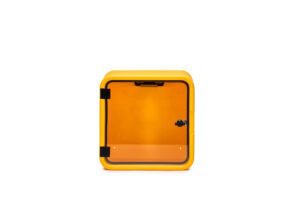


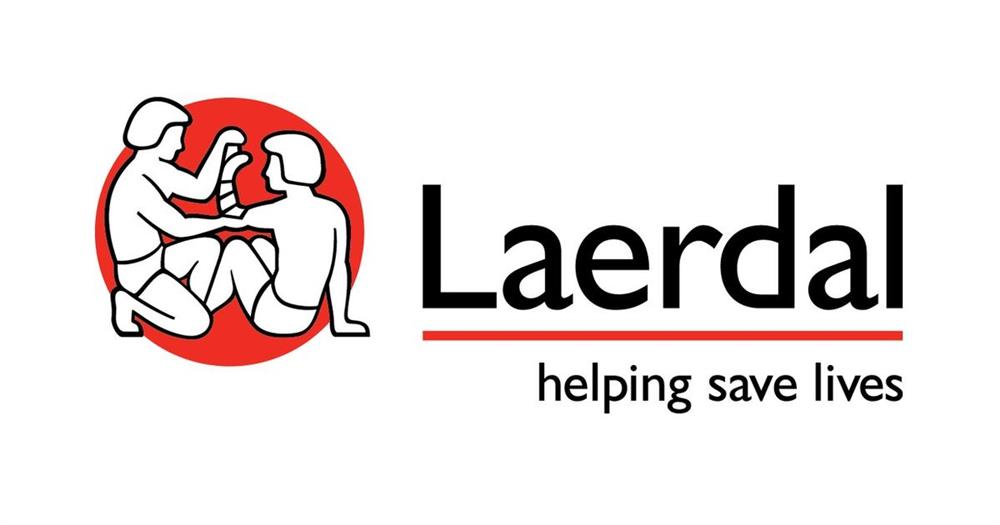

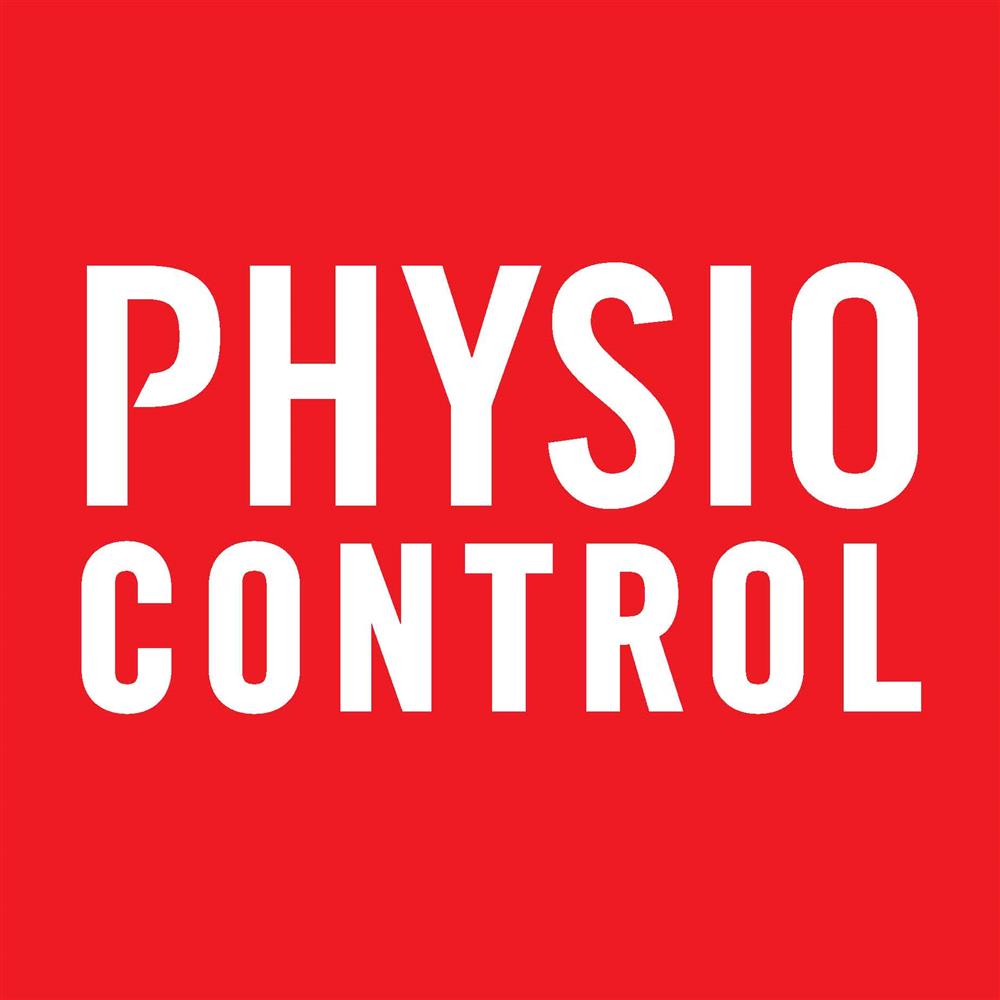
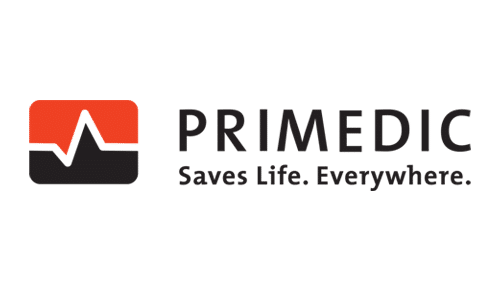

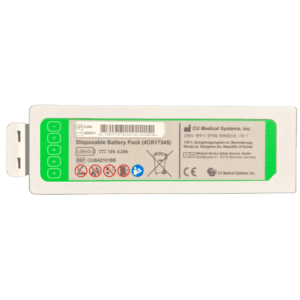
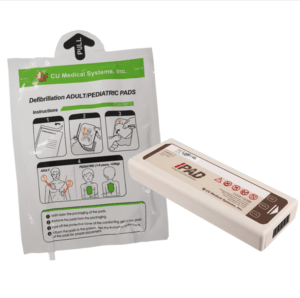
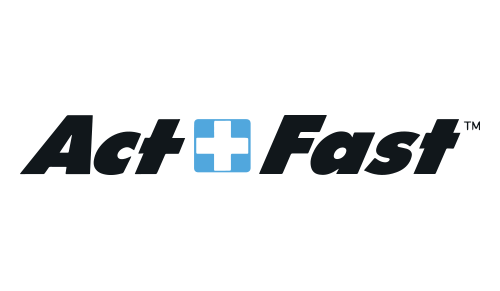

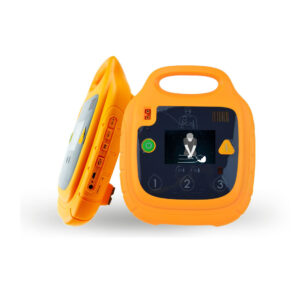
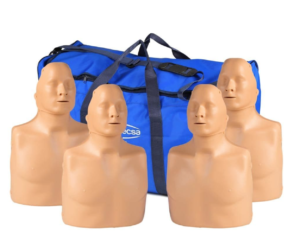




.jpg)

